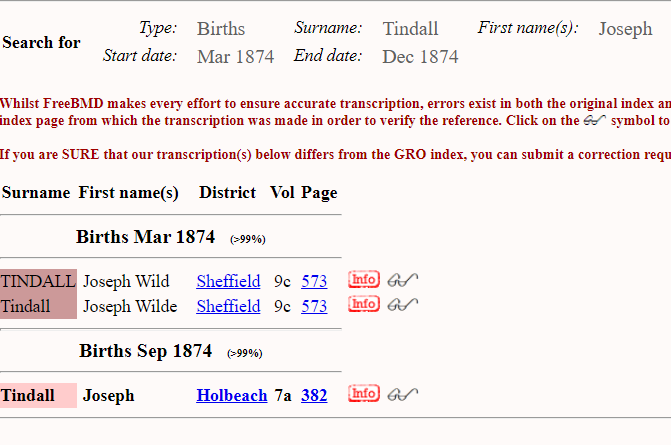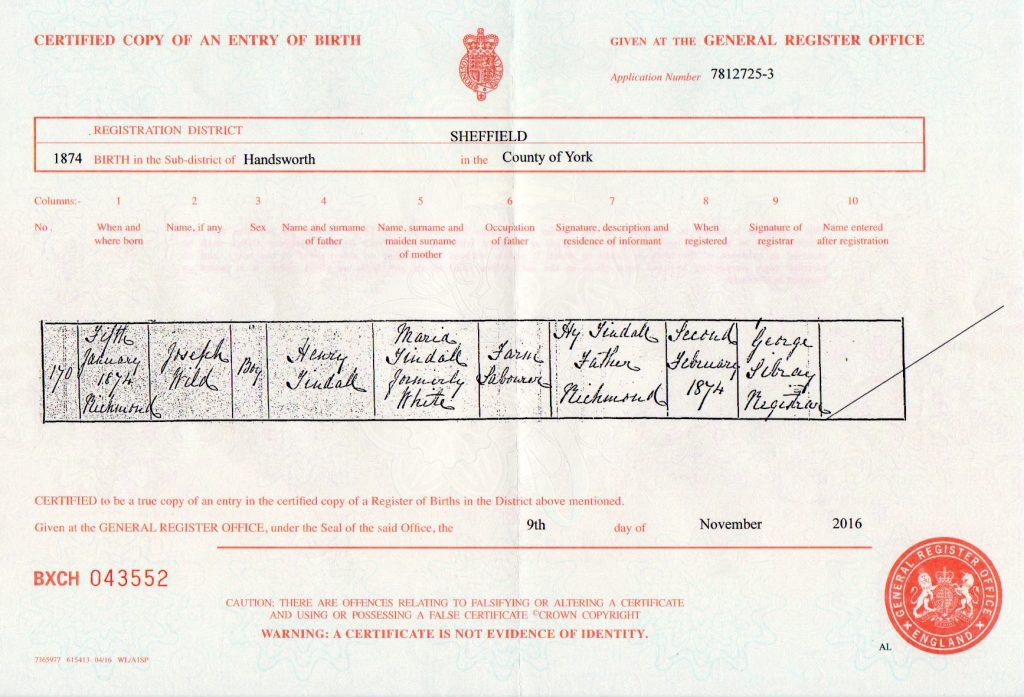New to Family History Research?
Starting out on a family history research project can be quite daunting at first, so it is always good to get some guidance as to where to look, what to do and what to ask.
I was fortunate that, when I first started out on my journey into the mysterious world of genealogy, my Father in Law had already been researching his own family for a few years and his advice and guidance was invaluable.
This guide is therefore, aimed at someone with little or no knowledge, and has the simple purpose of giving you somewhere to start.
5 easy steps to get you started.

THE STARTING POINT
STEP 1
The first thing you need to do, having obtained a decent notebook and a supply of pencils (mistakes can more easily be rectified and these are necessary elements of equipment when visiting local archives – pencils only!), is to complete a family tree, with what information you know yourself.
Most people jump straight in and start asking their relatives, but the first task is always to simply map out all the information you know, such as your parents, your siblings, your grandparents and theirs as well, and of course your children if you have any.
Include as much information as you know, which then tells you what you don’t know and what you need to find out.
You will initially need –
- dates and places of birth
- dates and places of marriage
- home addresses
- occupations and places of work
- dates and places of death
and don’t forget the interesting stuff, which includes what your relatives do or did, such as achievements, interests, hobbies and start finding what photographs you have.
You may initially have a lot of detail, or you may not be able to go too far back straightaway, but you will.

OLDER RELATIVES
STEP 2
Many family historians regret not asking their older relatives the many questions they now have, as they have lost them before they had the chance to do so.
You now have a notebook with some detail in, so go and ask them questions. Most of them will enjoy telling you and it provides you with a really good reason to go and see them, not that I’m sure you need one.
Do they have certificates, births, marriages or for deaths? Photographs?
Oh by the way, you are a family historian now!
BIRTH, MARRIAGE & DEATH CERTIFICATES
STEP 3
Certificates are the bread and butter for any family historian, providing a lot of information and corroborating what you know or think you know.
To the left is my own Great Grandfather’s birth certificate, not the original, but one I obtained from the General Register Office (GRO) via their website, see Step 4. click on the image for a closer view.
You can see that the table containing all the detail looks older than the background certificate and is the information the GRO have extracted from the original register and pasted into a paper certificate.
It tells me the district his birth was registered in, Handsworth, which is near Sheffield. It also has the date of his birth, 5th January 1874 and that was in Richmond, but doesn’t say exactly where that was.
His gender is recorded and most importantly who is parents were, and especially his mother and her maiden name.
This was invaluable in my search for her and her own family line.

The above is a screenshot of my search for Joseph Wild Tindall on FreeBMD. The search has found 2 records that are of the same person, with the same reference, but with a slight change in the middle name spelling. His birth was recorded in the 1st quarter of 1874 at Sheffield in Volume 9c Page 573 of the register. This is the information the GRO will ask you for when applying for a certificate.
As you can see from his birth certificate this is him and he was born on the 5th of January 1874 in Richmond near Sheffield.
STEP 4
There are two websites you now need to be aware of.
1. The General Register Office (GRO) holds records of births, deaths, marriages, civil partnerships, stillbirths and adoptions in England and Wales.
Records are kept by the year, and quarter of the year in the district where the event was registered.
For more information and prices visit:
Frequently Asked Questions (gro.gov.uk)
For Scottish ancestors you will need to contact the National Records of Scotland and for Northern Ireland, the General Register Office for Northern Ireland.
2. FreeBMD is a website, run by volunteers, and helps you find the details you will need in order to obtain a certificate from the GRO. The data they have, starts in 1837 and ends at 1997 at the moment, so you can’t search before July 1837 or after 1997. Still plenty to go at though.
The left-hand image shows a search of FreeBMD, and highlights an important rule, which is it took nearly 2 months for Joseph’s birth to be registered (born January 1874) and still does, so be broadminded when looking at these records ….
 …. Civil registration started in England & Wales on the 1st of July 1837 and became compulsory in 1874. Any record before this was in the form of parish register records.
…. Civil registration started in England & Wales on the 1st of July 1837 and became compulsory in 1874. Any record before this was in the form of parish register records.
The Church of England has been responsible for most parish records, when they recorded (and still do), baptisms (christenings), marriages and burials.
The image here is the 1909 marriage parish record for Zillah Hannah Blackburn and Robert Haywood Jones.
Go to our Video Library to see a short film about Zillah and who her famous Grandson was!
Parish records can be found in your local archives, or family history research websites, such as Find My Past or Ancestry to name 2 popular providers.
Doncaster Library Services has accounts for these 2 websites in most of their Library buildings where Library card holders can access them for free.
Most Family History Societies have already transcribed a lot of this information into digital records and continue to do so, so consider joining a FHS or multiple Societies in areas where your ancestors lived.

STEP 5
The final decision you need to consider in the early stages, is what IT do you need to use, to carry out research and to record your findings.
You will need access to family history research websites, which usually require a subscription, and a family tree software programme to create your family tree and organise your research.
Access to Find My Past and Ancestry is free in Doncaster’s Libraries, and they both have advantages and disadvantages.
The same is true of family tree software programmes, so I have added 2 links below, which are from the Who Do You Think You Are magazine website providing guidance on these 2 questions.
Choosing the best genealogy subscription website –
Family history software review –
Finally, we would obviously recommend that you at least consider joining a family history society. There are many dotted around the country, and these can be found listed on the Family History Federation website.
Family history societies have been transcribing local parish registers and other important documents for years and offer this data for sale or sometimes for free.
They will also be happy to give you advice in your quest, and societies organise meetings, publish journals and other guides, and run courses to assist you with your research.
To find out more about DDFHS visit the Membership section of our website.

